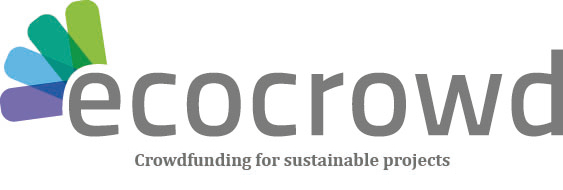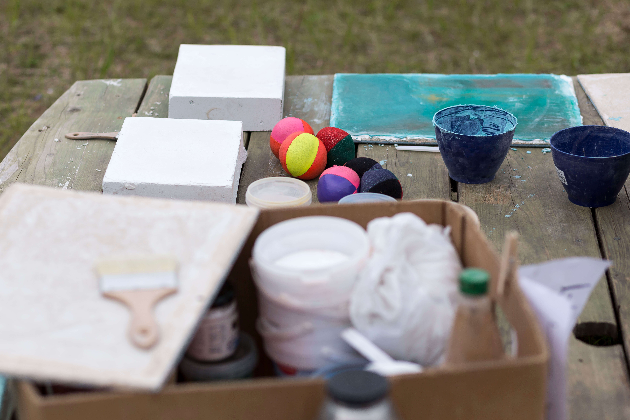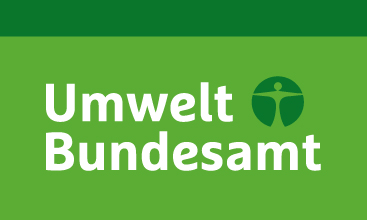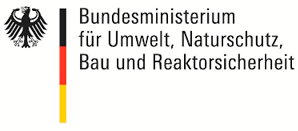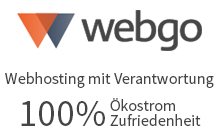Learningpath to the wilddesigner - year 2020


-
Backers
29
-
Funded
1.129 €
-
Stage goal
3.978 €
Added value for the environment
The project saves or improves the areas of ...
|
human
|
☆ ☆ ☆ ☆ ☆ |
|
ground, water, air
|
☆ ☆ ☆ ☆ ☆ |
|
climate
|
☆ ☆ ☆ ☆ ☆ |
|
animals and plants
|
☆ ☆ ☆ ☆ ☆ |
|
biodiversity
|
☆ ☆ ☆ ☆ ☆ |
|
material and cultural assets
|
☆ ☆ ☆ ☆ ☆ |
|
energy and use of resources
|
☆ ☆ ☆ ☆ ☆ |
Resources used
The resources used are ...
|
produced sustainably
|
☆ ☆ ☆ ☆ ☆ |
|
eco-certified
|
☆ ☆ ☆ ☆ ☆ |
|
fair-trade
|
☆ ☆ ☆ ☆ ☆ |
|
of regional origin
|
☆ ☆ ☆ ☆ ☆ |
|
used efficiently
|
☆ ☆ ☆ ☆ ☆ |
|
recycled, upcycled
|
☆ ☆ ☆ ☆ ☆ |
|
renewable (e.g. energy)
|
☆ ☆ ☆ ☆ ☆ |
Summary
Description
What is the funded money used for?
Why is the project an EcoCrowd project?
Tell us something about yourself.
-
Aktualisierung #5: Lernpfad zum/zur Wildgestalter*in – Jahrgang 202023.11.2020
2022 wird die Dokumentation „WILD“ veröffentlicht, in der die Lern- und Lehrlinge der Weiterbildung über 2 Jahre auf ihren Pfaden begleitet wurden.
Hier ein Interview mit Mio zu seiner Reise.
Aktualisierung #4: Lernpfad zum/zur Wildgestalter*in – Jahrgang 202022.11.20202022 wird die Dokumentation „WILD“ veröffentlicht, in der die Lern- und Lehrlinge der Weiterbildung über 2 Jahre auf ihren Pfaden begleitet wurden.
Hier ein Interview mit Butze, dem Mentor für das “Foodsharing & Flake”-Modul des Lernpfads. Er ist Doktorant in Siegen und stellt seine Kunstinstallation den “Umsonstladen” vor.
Aktualisierung #3: Lernpfad zum/zur Wildgestalter*in – Jahrgang 202028.09.20202022 wird die Dokumentation „WILD“ veröffentlicht, in der die Lern- und Lehrlinge der Weiterbildung über 2 Jahre auf ihren Pfaden begleitet wurden.
Hier ein Interview mit Isa, sie spricht über ihre Erlebnisse des letzten Jahres.
Aktualisierung #2: Lernpfad zum/zur Wildgestalter*in – Jahrgang 202027.09.2020
2022 wird die Dokumentation „WILD“ veröffentlicht, in der die Lern- und Lehrlinge der Weiterbildung über 2 Jahre auf ihren Pfaden begleitet wurden.Hier ein Interview mit Hannah, sie spricht darüber wieso sie den Lernpfad geht und warum sie an der Dokumentation mitwirkt.
Aktualisierung #1: Lernpfad zum/zur Wildgestalter*in – Jahrgang 202026.09.20202022 wird die Dokumentation “WILD” veröffentlicht, in der die Lern- und Lehrlinge der Weiterbildung über 2 Jahre auf ihren Pfaden begleitet wurden.
Hier ein Interview mit Mio zum Thema Kindertauglichkeit.
Sponsors
